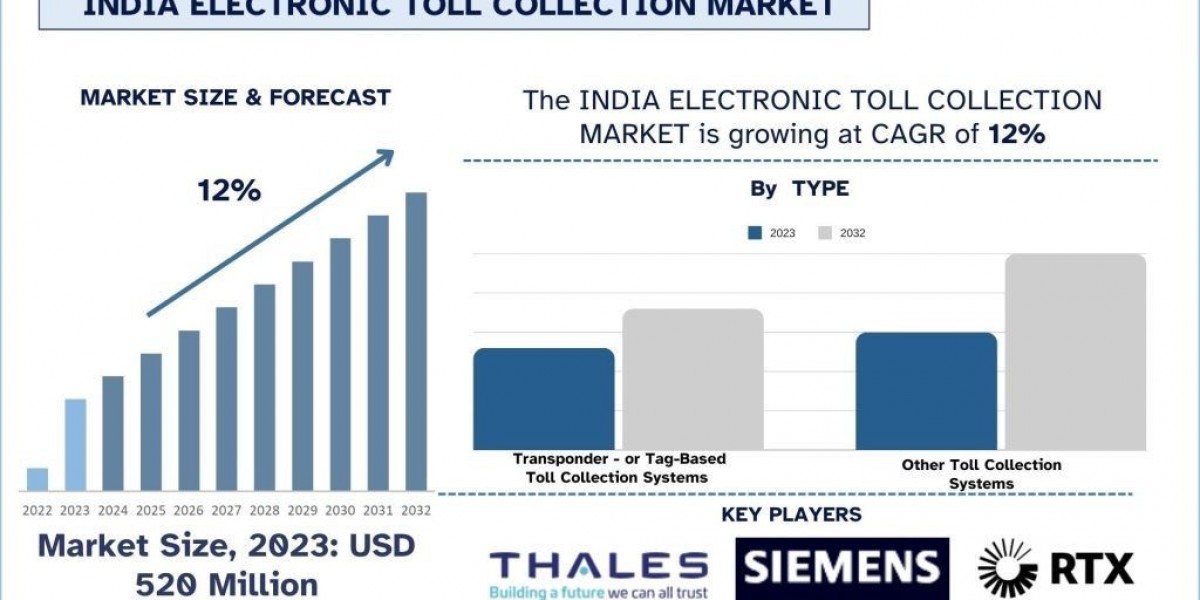Optimized turbine rotor designs enhance energy capture. The Direct Drive Wind Turbine Market is gaining significant traction as the renewable energy sector continues to evolve toward higher efficiency, lower maintenance, and improved performance. Unlike conventional geared turbines, direct drive systems eliminate the gearbox, connecting the rotor directly to the generator. This design reduces mechanical complexity, improves reliability, and minimizes maintenance costs—critical advantages for both onshore and offshore wind projects.
Driven by the urgent global need to decarbonize power generation, direct drive wind turbines are playing an increasingly important role in the clean energy mix. Governments across the world are setting ambitious renewable energy targets, and wind energy, supported by technological innovations like direct drive systems, is expected to account for a significant portion of future capacity additions.
Market Drivers
Higher Efficiency and Reliability – By removing the gearbox, direct drive turbines reduce mechanical losses, leading to improved energy conversion efficiency and longer operational life.
Reduced Maintenance – Gearboxes are one of the most maintenance-intensive components in wind turbines. Direct drive designs minimize downtime, which is especially beneficial for offshore wind farms where maintenance costs are high.
Supportive Policy Frameworks – Incentives, subsidies, and renewable energy mandates are encouraging utilities and developers to invest in advanced wind turbine technologies.
Growth in Offshore Wind – Offshore projects benefit significantly from direct drive systems due to their reduced maintenance needs and resilience in harsh marine environments.
Technological Advancements
Direct drive wind turbines often incorporate permanent magnet generators, which allow for compact, lightweight designs while maintaining high efficiency. These systems can operate effectively at lower wind speeds, making them suitable for a wider range of locations. Additionally, improvements in blade design, materials, and control systems are further boosting the performance of direct drive installations.
Manufacturers are also focusing on scaling up turbine sizes, with models exceeding 10 MW now commercially available. Larger turbines can capture more energy per unit, lowering the cost of electricity and making wind power more competitive with fossil fuels.
Market Challenges
While the benefits of direct drive systems are substantial, higher initial costs compared to geared turbines can be a barrier for some projects, particularly in emerging markets. Additionally, the production of permanent magnets often involves rare earth materials, which can be subject to price volatility and supply chain concerns.
Future Outlook
The Direct Drive Wind Turbine Market is poised for robust growth, driven by the expansion of offshore wind capacity, supportive government policies, and ongoing innovation. As manufacturing processes become more efficient and economies of scale are realized, the cost gap between direct drive and geared systems is expected to narrow.
In the coming years, we can expect further advancements in generator technology, digital monitoring systems, and predictive maintenance tools to enhance the competitiveness of direct drive turbines. With the global shift toward renewable energy accelerating, direct drive technology is set to become a cornerstone of sustainable power generation.









